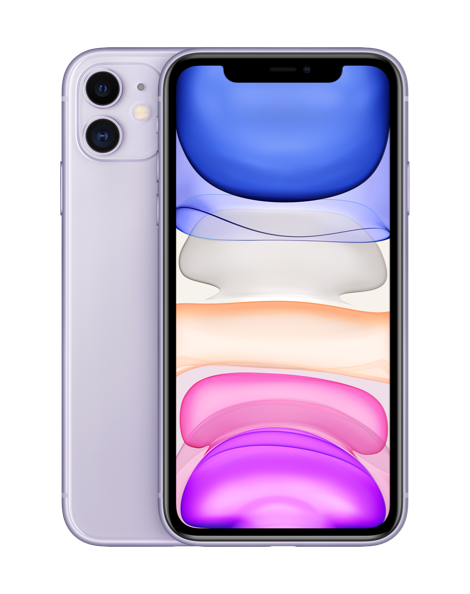
On September 10, Apple unveiled two formidable new flagship phones: the iPhone 11 Pro and the iPhone 11 Pro Max. But why is the price so different?
The iPhone 11 Pro (£1049/$999) and iPhone 11 Pro Max (£1149/$1099) are the new flagships of Apple’s range, replacing the iPhone XS and iPhone XS Max respectively.
But with a $100/£100 price difference between the two, what are the crucial differences between the two devices, and which one is best suited to you?
Related: iPhone 11
iPhone 11 Pro vs iPhone 11 Pro Max – They have different screen sizes
The big difference — and the reason for the Max moniker — is the difference in screen size between the two devices. The iPhone 11 Pro has a 5.8-inch screen, making it even smaller than the standard iPhone 11, while the iPhone 11 Pro Max has a 6.5-inch screen. Clearly, if you want a bigger screen for watching videos and playing games then the iPhone 11 Pro Max is the device to go for.
Related: iPhone 11 Pro vs iPhone 11
iPhone 11 Pro vs iPhone 11 Pro Max – The battery life will be different
Apple has not announced the exact battery capacities of its new phones, but they dropped some strong performance indicators in the keynote speech. Apple estimates that the iPhone 11 Pro will last up to four hours longer than the iPhone XS, while the iPhone 11 Pro Max will last five hours longer than the iPhone XS Max.
Those are very impressive steps towards enduring battery life, a quality which has eluded iPhones compared to some premium Android competitors. If you prioritise battery life, the iPhone 11 Pro Max again looks like the better choice.
iPhone 11 Pro vs iPhone 11 Pro Max – Performance should be the same
Both devices run on the A13 Bionic chip (and so does the much-cheaper iPhone 11), so we can expect similar performance ratings from both of these phones.
Related: Apple Watch 5 | Apple Watch 5 vs Apple Watch 4
The A12 Bionic really impressed us last year, but Apple are making some incredible claims about this new generation SoC — apparently, the A13 Bionic is 6x faster than its predecessor, and packs in “the fastest CPU and GPU ever in a smartphone”. Whicever device you choose, you can expect excellent performance.
In this crucial specification, both devices again have the same hardware.
Along with a 12-megapixel main wide snapper and a 12-megapixel telephoto sensor, there’s also an all-new 12-megapixel ultra wide angle lens for the first time on an Apple smartphone.
This should give you great photographic versatility whichever device you choose.


No comments:
Post a Comment